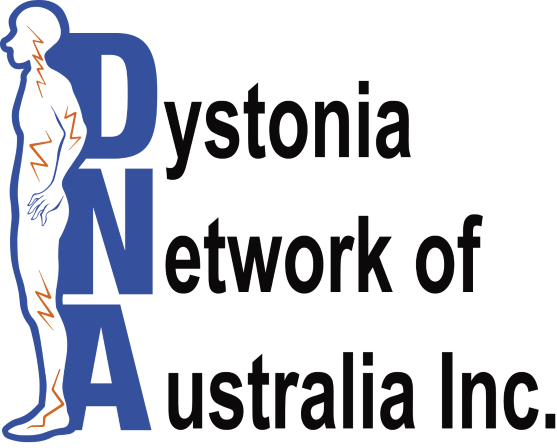Dystonia is a neurological movement disorder that makes it difficult for people to control their muscles. It can cause abnormal twisting or positions in part(s) of the body along with muscle spasms and/or tremors. In some people the postures may be fixed or locked in position and in others they can appear from time to time. Pain can be the main symptom in some types of dystonia. Dystonia can affect almost any part of the body. There are many forms of dystonia and many conditions or diseases that include dystonia as part of the symptoms.
Dystonia affects children and adults of any age. In a small percentage of people symptoms may improve or even disappear. However, the symptoms may return after a period of time.
Because symptoms in dystonia are so varied and it is still regarded as a rare disease, many general practitioners will be unable to diagnose it. A referral to a specialist neurologist with a special interest in the branch of neurology called movement disorders will be required. Because of their experience in dystonia, they will make a diagnosis based on the clinical features, history and neurological examination.
Click on the following for more information on the different types of dystonia:
- Generalised dystonia
- Cervical dystonia (neck dystonia)
- Blepharospasm (eyelid dystonia)
- Writer’s cramp (forearm dystonia)
- Spasmodic dysphonia (voice dystonia)
- Functional Dystonia
Page reviewed 31 January 2024




